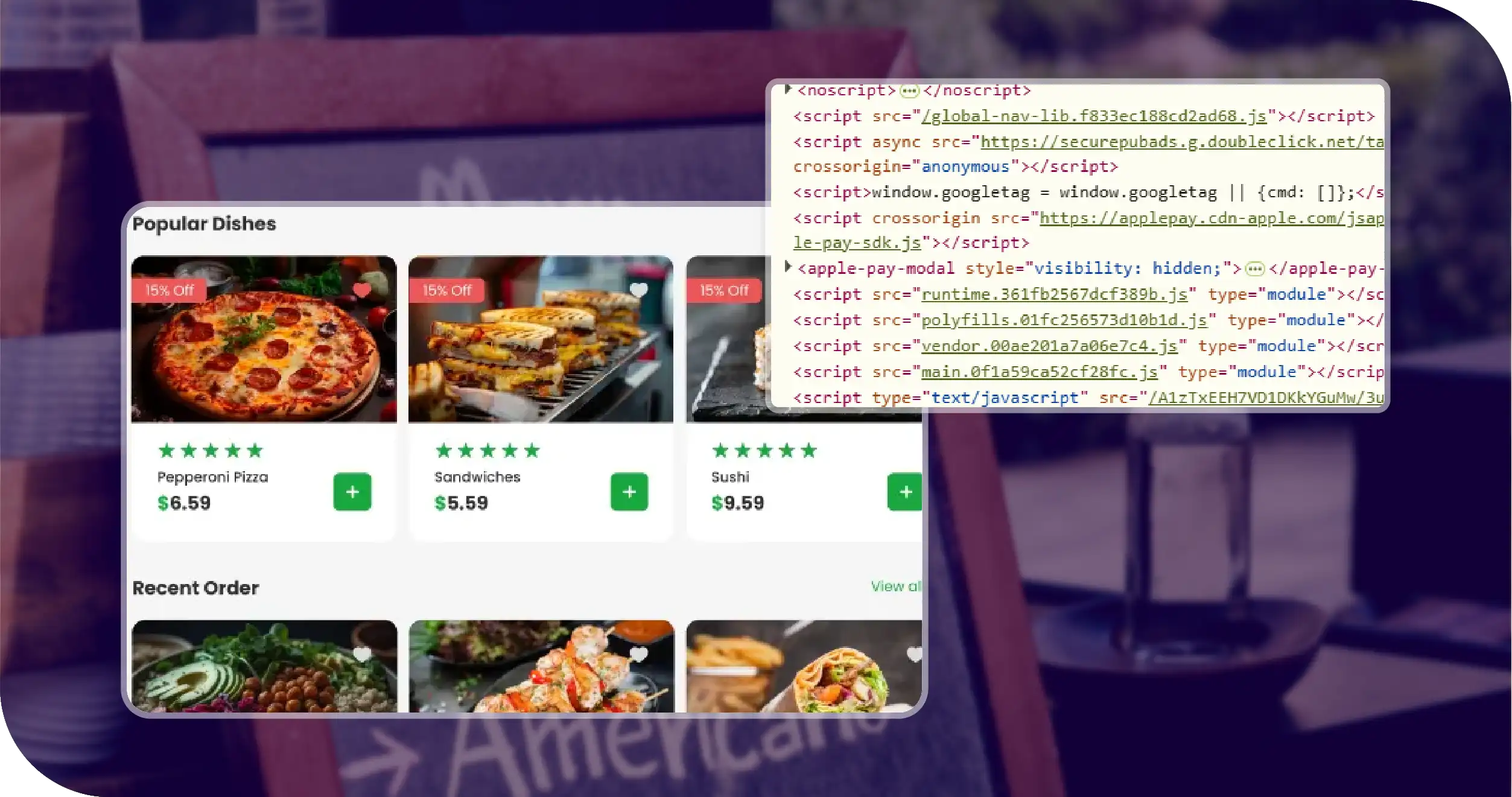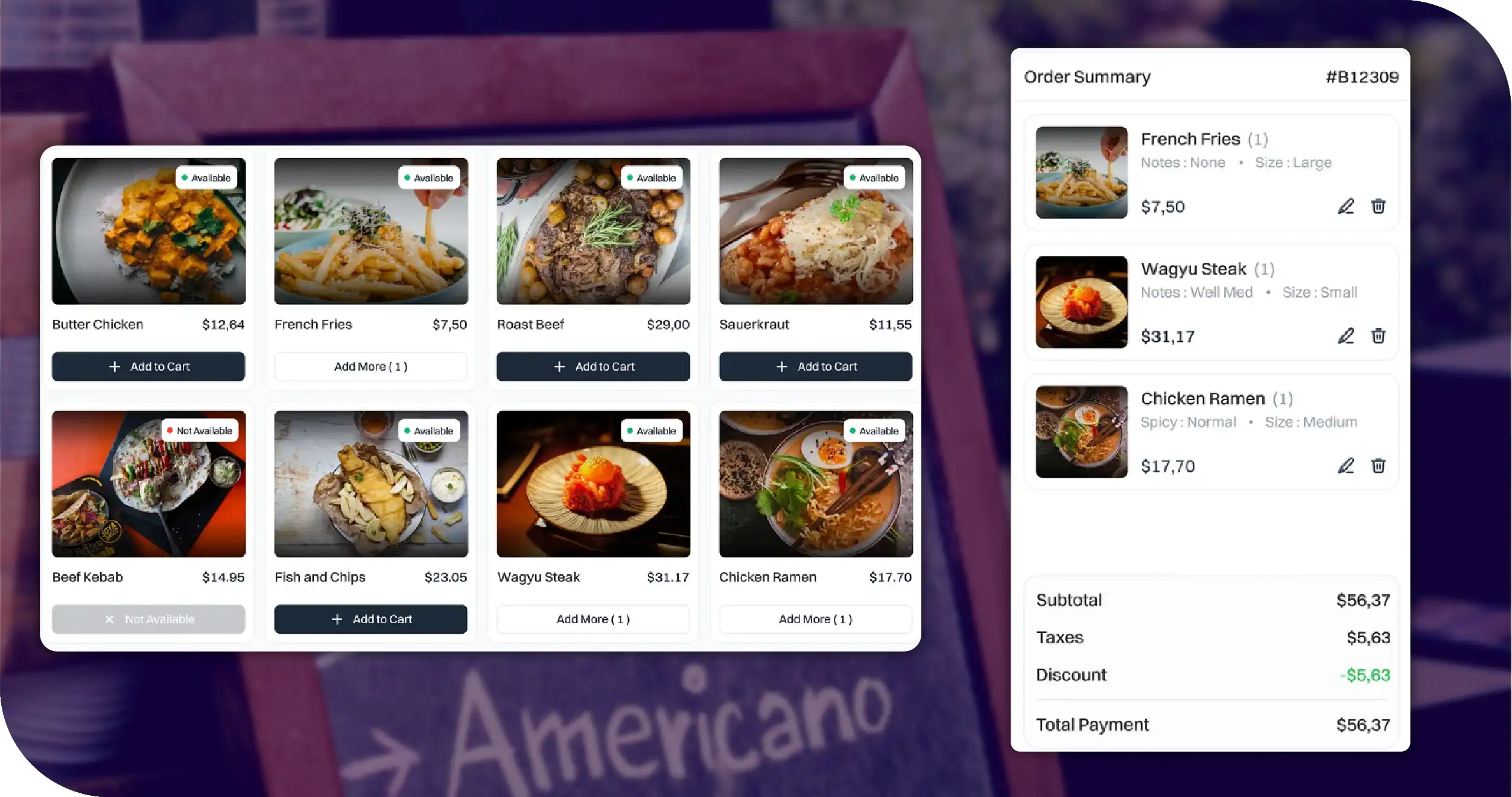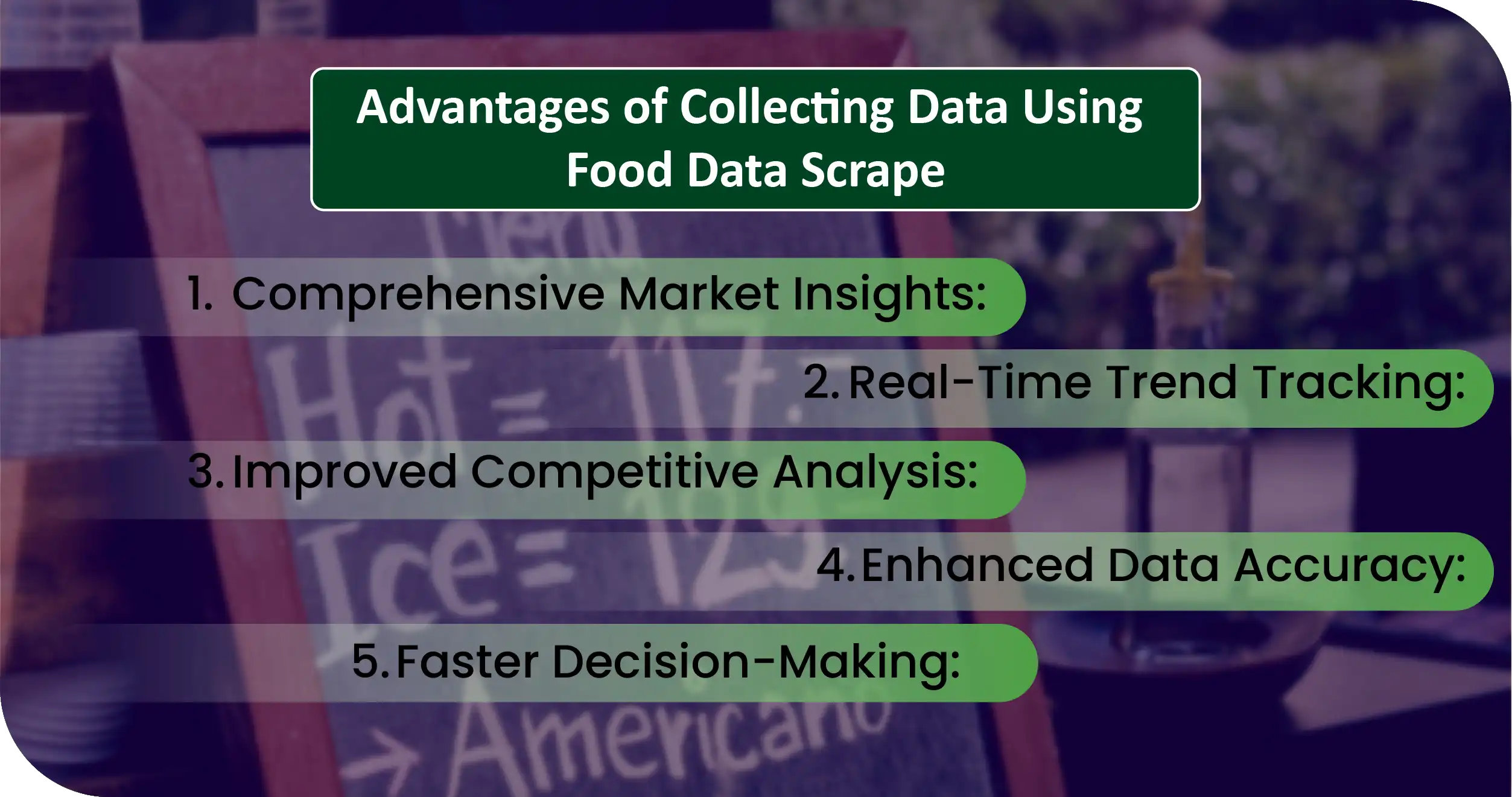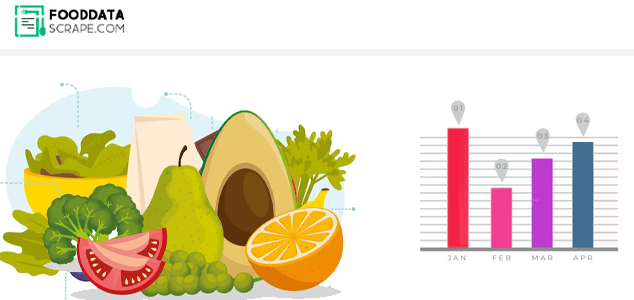The Client
The client, a global food analytics and insights company, aimed to understand how urban dining preferences evolve across different cities and demographics. They required a reliable solution for Restaurant Menu Scraping for Local Food Trend Analysis to identify cuisine shifts and menu innovations in real time. Their primary goal was to Extract City-Wise Restaurant Dishes and Prices Data from multiple food delivery platforms, helping brands and restaurateurs make data-driven business decisions. With our Restaurant Menu Data Scraping for City-Wise Food Trends, the client could analyze dish popularity, price variation, and emerging cuisines across cities—enhancing their ability to forecast consumer preferences and advise restaurant partners with actionable, city-level insights.
Key Challenges

- Fragmented and Unstructured Data Sources: The client faced difficulties integrating information from multiple delivery platforms without reliable Restaurant Data Intelligence Services, leading to inconsistencies in dish names, prices, and categories across different cities and restaurants.
- Lack of Centralized Analytics Visibility: Without access to advanced Food delivery Intelligence services, the client struggled to analyze regional food preferences, price variations, and menu trends efficiently, resulting in delayed insights and incomplete reporting for strategic decision-making.
- Limited Real-Time Price Monitoring: The absence of a unified Food Price Dashboard made it challenging to track dynamic price fluctuations, promotional offers, and dish availability across multiple platforms, restricting their ability to assess competitive pricing effectively.
Key Solutions

- Automated Multi-Platform Data Extraction: We implemented Food Delivery Data Scraping Services to collect restaurant menu details, dish descriptions, and prices from multiple food delivery platforms, ensuring real-time access to accurate and structured data across diverse cities.
- Comprehensive Menu Structuring: Through Restaurant Menu Data Scraping, we standardized complex datasets by categorizing cuisines, meal types, and price ranges, enabling the client to analyze food trends, menu variations, and regional dining preferences effectively.
- Real-Time Data Integration: Using Food Delivery Scraping API Services, we built automated pipelines that seamlessly integrated daily updates into the client’s analytics system, allowing continuous tracking of changing menu items and emerging food trends across cities.
Methodologies Used

- Dynamic Web Crawling: We developed adaptive crawlers capable of navigating complex restaurant and food delivery websites, ensuring accurate extraction of menu items, prices, and dish descriptions across multiple cities.
- Data Cleaning and Normalization: Collected data was standardized by aligning cuisine types, dish categories, and pricing formats to maintain consistency and enable accurate comparison across regions.
- Automated Validation Framework: We implemented multi-layer validation scripts to detect incomplete records, duplicates, and anomalies, ensuring high data accuracy and reliability for analysis.
- Geo-Mapping Integration: Each restaurant entry was enriched with precise location data, enabling city-level segmentation and regional trend tracking across the dataset.
- Cloud-Based Data Management: All structured data was securely stored and managed in cloud servers, allowing seamless scalability, real-time updates, and easy access for client analytics teams.
Advantages of Collecting Data Using Food Data Scrape

- Comprehensive Market Insights: Our restaurant data scraping services help businesses uncover valuable insights into regional dining trends, menu diversity, and pricing strategies across multiple cities, enabling smarter and more informed decision-making.
- Real-Time Trend Tracking: Clients gain instant access to continuously updated restaurant and menu data, allowing them to monitor changing food trends, new dishes, and pricing adjustments as they happen.
- Improved Competitive Analysis: By analyzing restaurant offerings across platforms, businesses can benchmark competitors, identify popular cuisines, and fine-tune their own pricing and menu strategies for maximum market impact.
- Enhanced Data Accuracy: Our advanced scraping frameworks ensure clean, verified, and structured data, eliminating errors and inconsistencies commonly found in manual data collection.
- Faster Decision-Making: With automated data delivery and organized dashboards, clients can quickly interpret market changes, respond to emerging trends, and optimize business strategies efficiently.
Client’s Testimonial
"Working with this team completely transformed our food trend analytics operations. Their restaurant data scraping solution delivered consistent, high-quality data across multiple food delivery platforms and cities. The accuracy and timeliness of menu updates helped us detect local dining shifts faster than ever before. Their support team was responsive, knowledgeable, and quick to adapt to our evolving data needs. The insights we gained have been invaluable for refining our city-wise market reports and client recommendations. We now make data-driven decisions with greater confidence."
Director of Food Analytics
Final Outcome
The final outcome delivered a scalable, automated solution that transformed the client’s ability to analyze and predict regional dining behaviors with precision. By leveraging structured Food Delivery Datasets, the client gained access to comprehensive restaurant menus, dish-level details, and pricing trends across multiple cities. This enriched dataset allowed for accurate market segmentation and trend forecasting, empowering data analysts to uncover emerging cuisines and pricing dynamics effortlessly. The integration of visualization tools and automated workflows ensured faster insights, improved data accessibility, and enhanced decision-making, positioning the client as a leader in city-based food trend intelligence.

























































































